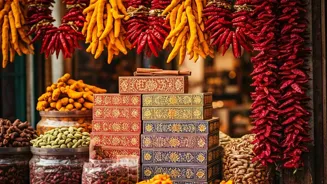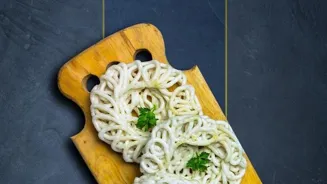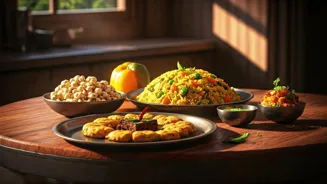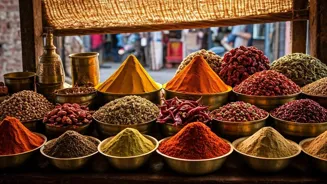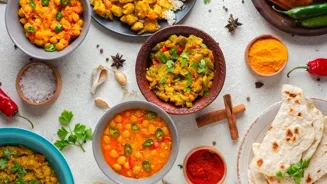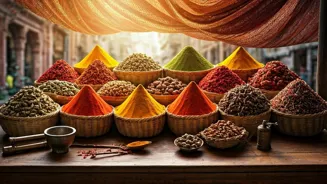Discover the secrets of The Art of Plating in Indian Cuisine. Elevate your dining experience with stunning visual treats
For ages, Indian cuisine has been celebrated globally for its explosion of flavors,
aromatic spices, and diverse regional specialties.
From the creamy butter paneer of the North to the tangy sambhar of the South, the culinary landscape of India is a vibrant tapestry woven with centuries of tradition.
While the taste of these dishes has held center stage, there's a growing trend that's capturing the attention of home cooks and professional chefs alike: the art of plating.
Plating food transforms dining experience aesthetically
Plating, simply put, is the process of arranging food on a plate in an aesthetically pleasing manner. It's about transforming a humble serving of food into a visual masterpiece that enhances the overall dining experience.
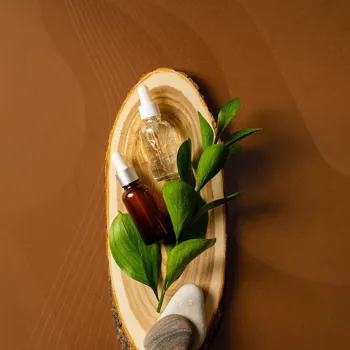
In India, where food is deeply intertwined with culture and hospitality, the presentation of a dish holds immense significance. A beautifully plated dish not only tantalizes the taste buds but also elevates the experience, making it more memorable and enjoyable.
It's about creating an anticipation, a feeling of delight, even before the first bite.
Plating enhances taste perception through visual appeal
Many may wonder, why bother spending extra time on plating when the main focus is the delicious taste? The answer lies in the fact that we eat with our eyes first. Studies have shown that visual appeal significantly influences our perception of taste.
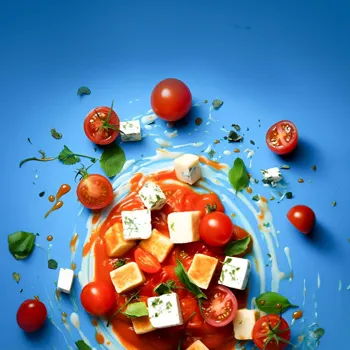
A well-plated dish can trigger positive emotions, stimulate appetite, and even enhance the perceived flavor of the food. When food looks appetizing, our brains release endorphins, creating a sense of pleasure and satisfaction.
Plating enhances dining experience in social media age
Think about it: have you ever been to a restaurant where the food looked so good that you couldn't wait to dig in? That's the power of plating at play. It's not just about making the food look pretty; it's about creating an experience that engages all the senses.
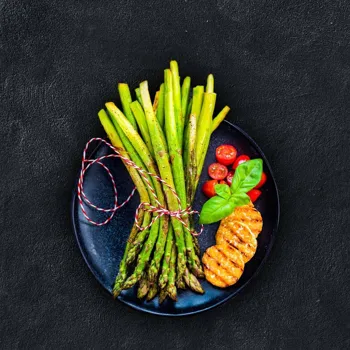
In the age of social media, where food photography is a popular pastime, plating has become even more important. A visually appealing dish is more likely to be shared online, showcasing the culinary skills of the home cook or the artistry of the chef.
Transform Indian dishes with simple plating techniques
You don't need to be a professional chef to master the art of plating. With a few simple techniques and a little creativity, you can transform your everyday Indian dishes into stunning visual treats. Here are some easy tips to get you started:
Color Contrast
Indian cuisine is known for its vibrant colors, and you can use this to your advantage when plating. Arrange dishes with contrasting colors next to each other to create visual interest.
For example, pair a vibrant green saag paneer with a creamy white raita or a rich yellow dal tadka with a colorful vegetable pulao.
Negative Space
Don't overcrowd the plate. Use negative space, the empty areas around the food, to create a sense of balance and highlight the different elements of the dish. Think of it as framing your food to make it stand out.
Height and Texture
Add visual interest by varying the height and texture of the food on the plate. For example, you can stack a few dosas on top of each other or create a small mound of rice. To add texture, sprinkle some chopped cilantro or add a dollop of yogurt.
Sauce Placement
The way you place the sauce can make a big difference in the overall presentation. Instead of simply pouring the sauce over the food, try drizzling it in a decorative pattern. You can use a squeeze bottle or a spoon to create swirls, lines, or dots of sauce.
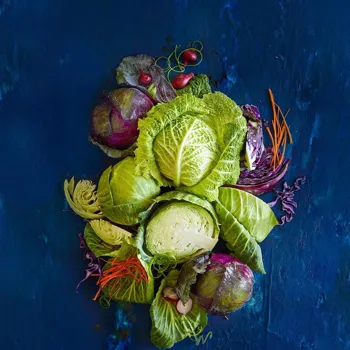
Garnishes
Garnishes are the final touch that can elevate your plating to the next level. Use fresh herbs, spices, or edible flowers to add color, flavor, and visual appeal. A sprinkle of paprika, a sprig of mint, or a few edible flower petals can make a world of difference.
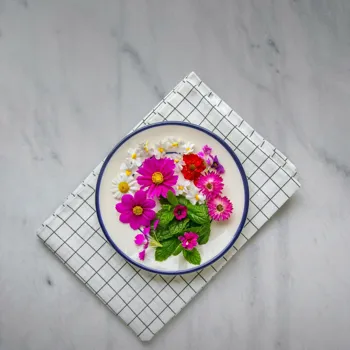
Plating food in India reflects cultural values through generosity and hospitality
The art of plating is not merely about aesthetics; it is a deeper reflection of Indian cultural values. In India, serving food is considered an act of generosity and hospitality.
The effort put into plating a dish demonstrates love, care, and respect for the person who is about to partake in the meal. It transforms a simple act of sustenance into a shared experience, strengthening bonds and creating lasting memories.
Whether it's a family gathering or a formal dinner party, the presentation of food is an integral part of the Indian way of life, adding a touch of elegance and creating a sense of occasion.
By taking the time to plate our dishes with care, we honor the rich culinary traditions of India and elevate the dining experience to new heights.
Tips to enhance daily meals with vibrant spices, clean presentation
Here are some tips to enhance your daily experiences. Consider using vibrant colours of turmeric, chilli and corriander to bring contrast on the plate. Ensure the colors complement each other as per the dish cooked. Do not over crowd the thali or the plate and avoid spillage. The serving bowls and spoons should always be clean and never use hands to serve the food
Indian cuisine: diverse garnishing enhances flavors, serve as per guest preference
Indian cuisine is diverse and distinct, as per the region cooked. Use garnishing, which is distinct to the state. For example, if its a Andhra style dish, garnishing with curry leaves can enhance the appeal and adds flavour.
Be careful to not use excess garnish as it should add value and not over power the look. Serve the food as per the requirement of the guests. If you are serving roti, ensure to give it hot and if its rice, make sure to give a small quantity which can be refilled.
Thali concept: Components in compartments to keep flavors separate, refillable
Think about the concept of thalis that are served in restaurants. Each component of the thali is placed in a specific compartment. This takes into consideration that the items do not mix, thus keeping the flavor and appeal separate from each other.
The placement of the sweet, the salad, the appetizers, vegetables and the main curry is crucial. The quantity of each item is also considered as to not waste any food. Most thalis have a system where you can refill the items as per your need.
Avoid excess plating, provide empty bowls and spoons, use napkins, and strategically serve chapathi
Do not plate or serve in excess. This avoid food wastage and also looks bad on the plate. If possible keep extra empty bowls and serving spoons for each dish, so that people can serve themselves. Do not let people use their own spoons in the serving dish as it is un polite.
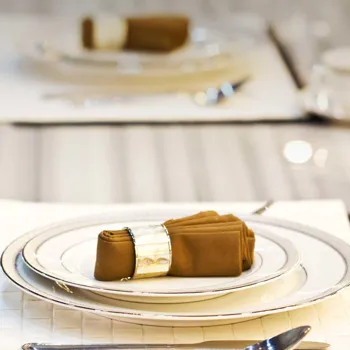
Ensure to keep napkins handy so that people can use it while eating. If you are serving chapathi, you can quarter fold and place it strategically on the plate. This makes it easy to access for the person eating.
Serve fresh, hot food, no compromise; improve skills, enhance experience, experiment with fusion dishes
Always serve fresh and hot food. There should be no compromise on this as it adds great value to the dining experience. The food should be cooked with the freshest ingredients. Always keep an open mind while serving and plating.
There is always a scope to improve your skills and enhance the experience for your invitees. Indian food is so healthy and tasty and presenting it well makes it that much more appealing. Experiment and try new fusion dishes as that will also add value.
AI Generated Content. Glance/InMobi shall have no liability for the content


